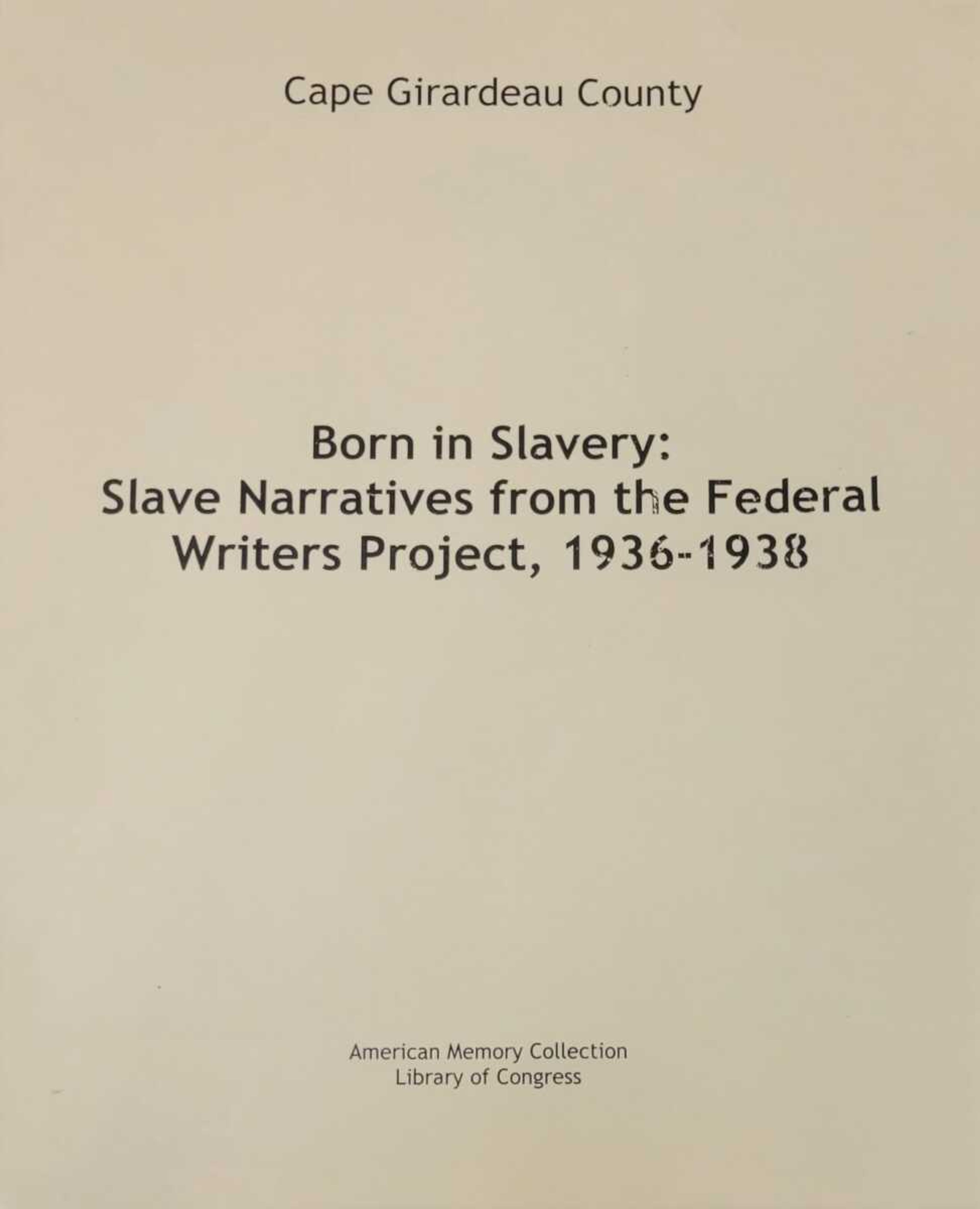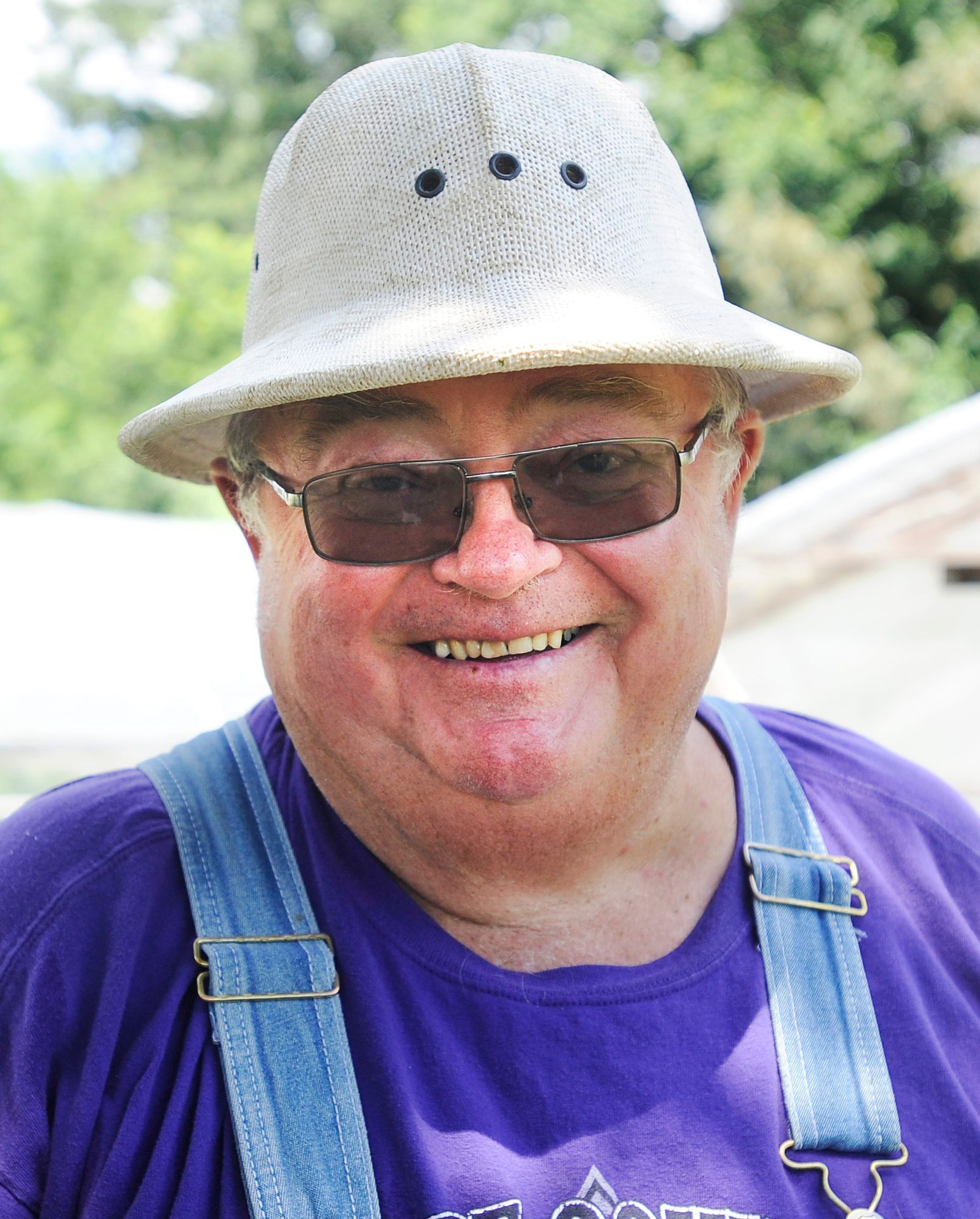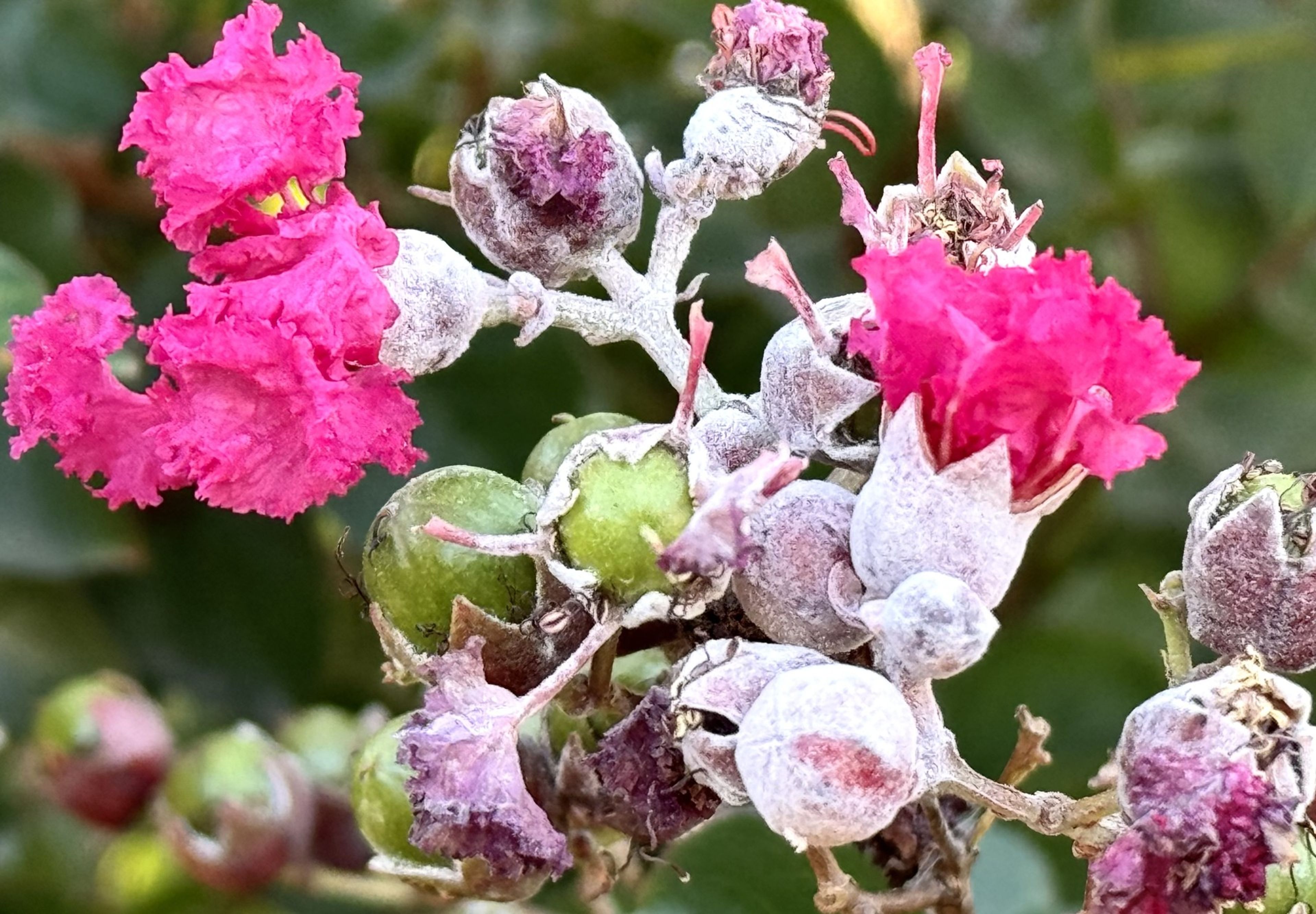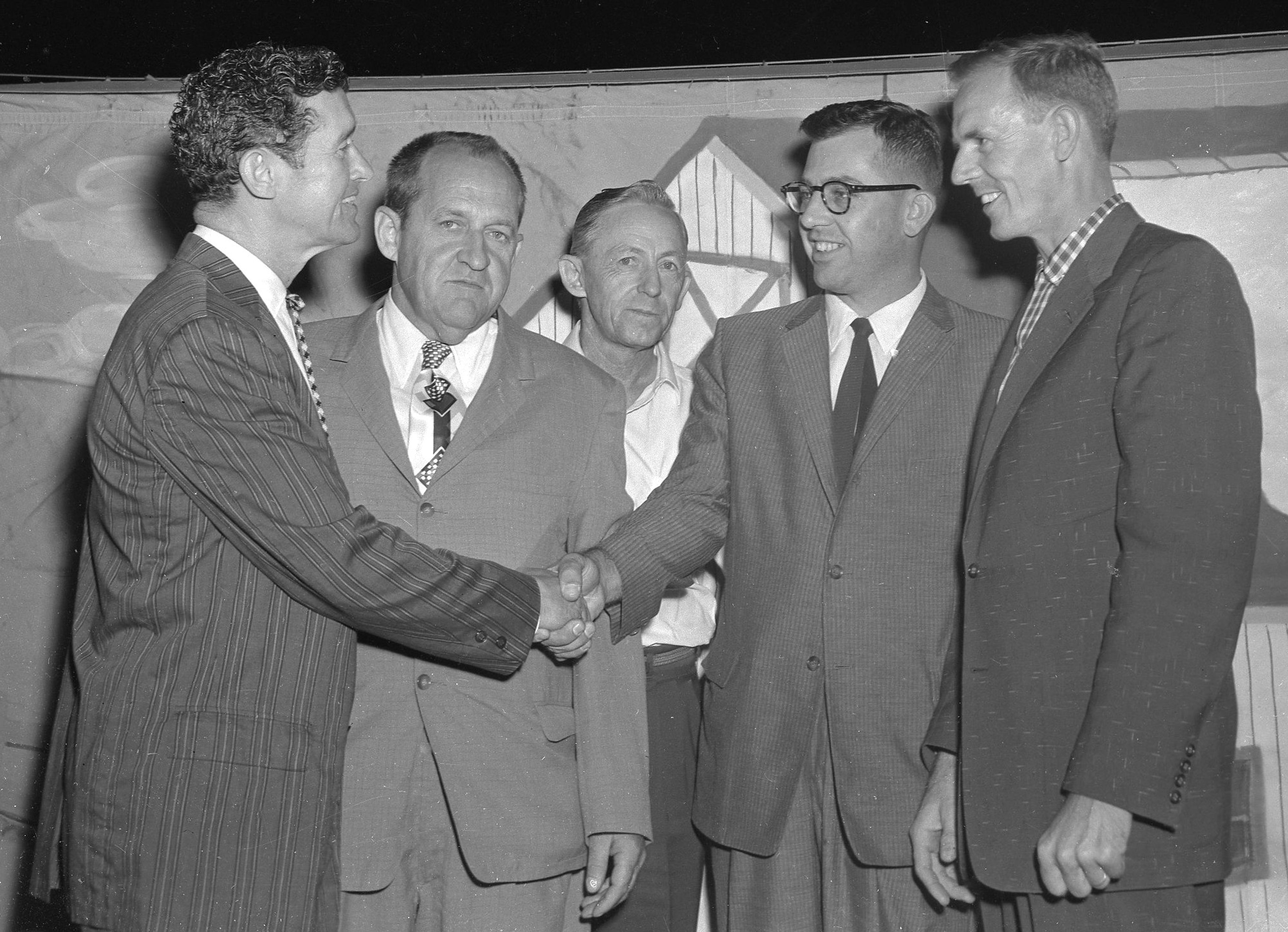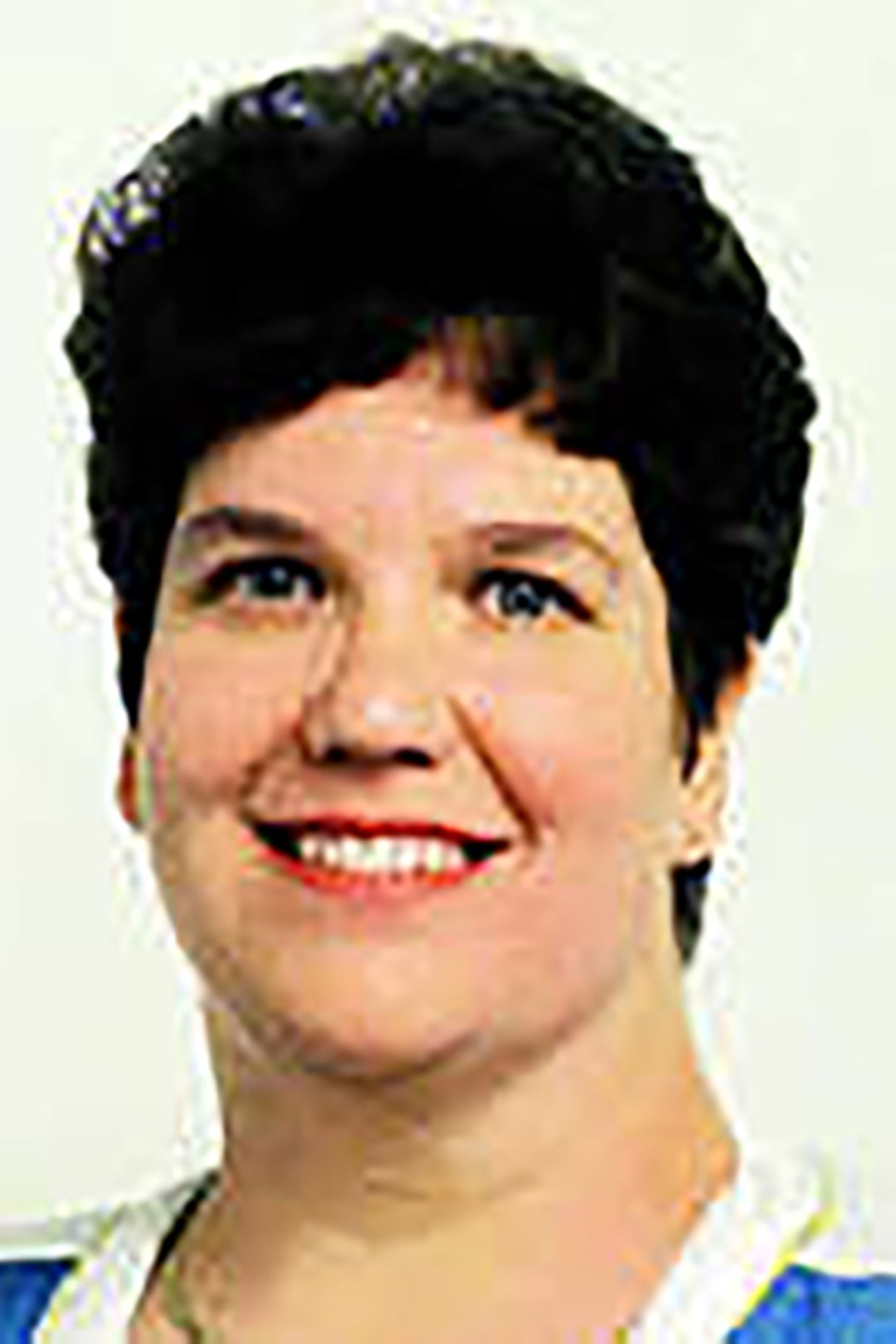If you know about the Work Projects Administration, or WPA, you likely know it was part of the New Deal, President Franklin Roosevelt's program to get Americans working again in the wake of the Great Depression. The WPA is probably most strongly associated with public building projects all over the country, including Jackson's Post Building (formerly the city's post office) and Cape Girardeau's Lorimier School, now in transition to become the Kellerman Foundation's museum, but the WPA also employed people to help with document conservation projects. Some of these included organizing court records for microfilming, while another focused on capturing narratives from people who had been born into slavery.
The Cape Girardeau County Archive Center has a compilation of these narratives, collected first by Bill Eddleman with the county's Genealogical Society and the State Historical Society of Missouri's Cape Girardeau office, then added to later when I discovered the entire collection digitized at the Library of Congress' website. I searched for "Cape Girardeau" and discovered several entries by people living in the Fredericktown area, which is how I learned that Fredericktown was named for George Frederick Bollinger, who built Bollinger Mill at Burfordville shortly after the Civil War ended.
But George Frederick Bollinger is not my focus here. A different George Bollinger, 84 years old when the WPA interviewed him in the 1930s, spoke of his childhood spent in slavery on the farm of Daniel Bollinger, who lived on the edge of Bollinger County.
Although all of the narratives bear reading, as they give vital insight into the reality of slavery from a first-person perspective, George Bollinger's narratives didn't just snag my attention -- they shouted for it.
I was fascinated by this man. He had seen and lived through so much: a Civil War battle near Patton, Ku Klux Klan activity in the county, and how Black people were not allowed to congregate.
Since he lived into the 1930s, I was able to verify his wife's name and the address listed in the narrative, thanks to the city directories from that time period. George and Eva Bollinger lived at 320 N. Sprigg St. in Cape Girardeau, and I also found that George and Eva had owned at least one restaurant on Cape Girardeau's South Side. An incredible legacy, no doubt.
Historian Edison Shrum's book "The Slaves and Slave-Owners of Cape Girardeau County" gives many details and some vital context around slavery in Cape Girardeau County, if one can look past the near-jovial tone he uses to describe conditions and realities. In his description of the Estes family, Shrum describes George Frederick Bollinger's role in bringing several families to the region in 1800, including Daniel Bollinger (probably Senior, and Junior is likely the Daniel Bollinger mentioned earlier in this column), who, he said, owned six slaves at the time. Berzilius Estes later owned land Daniel Bollinger had originally claimed in Survey 316, northwest of Millersville on the present-day Bollinger County border. This aligns neatly with George Bollinger's narrative about his recollections of early life on a farm on the Bollinger County border.
Taken together, the slave narratives and Shrum's book tell a rich story about the lives of Black people in Cape Girardeau County and how they made livelihoods in post-Civil War America. Narratives from Smokey Eulinberg and members of the Abernathy, Lee, and Sides families, among several others, help tell the story of Black history's beginning in the county.
Links:
Denise Lincoln's recent column on Smokey Eulinberg: semissourian.com/story/3017849.html
Library of Congress collection: loc.gov/collections/slave-narratives-from-the-federal-writers-project-1936-to-1938/about-this-collection/
Library of Congress' Missouri chapter: Federal Writers' Project: loc.gov/item/mesn100/

